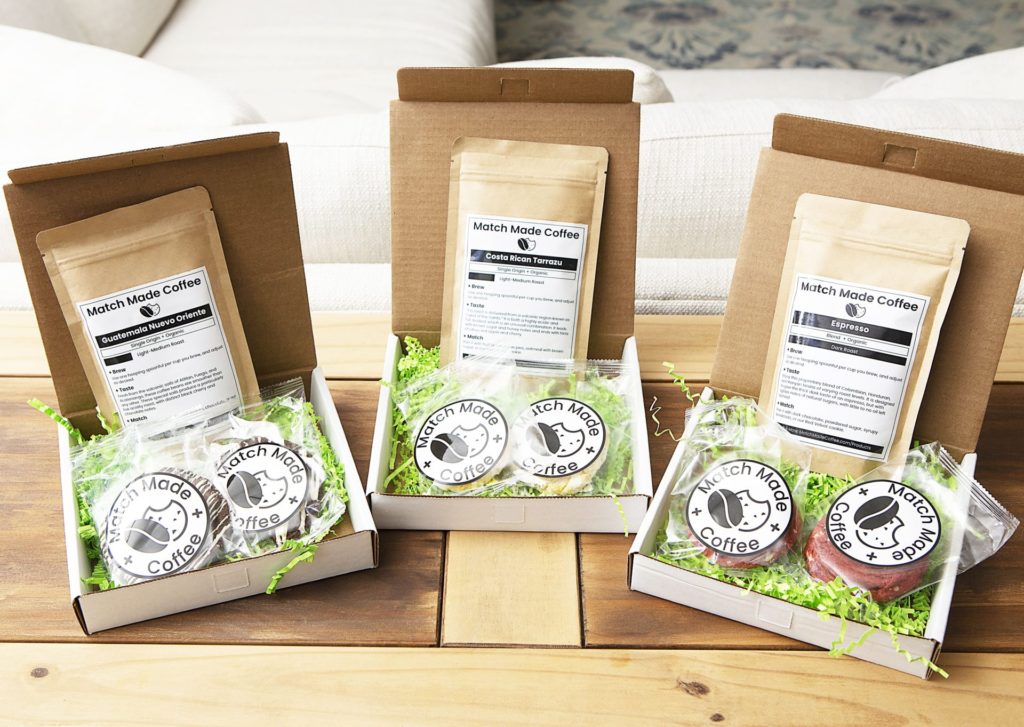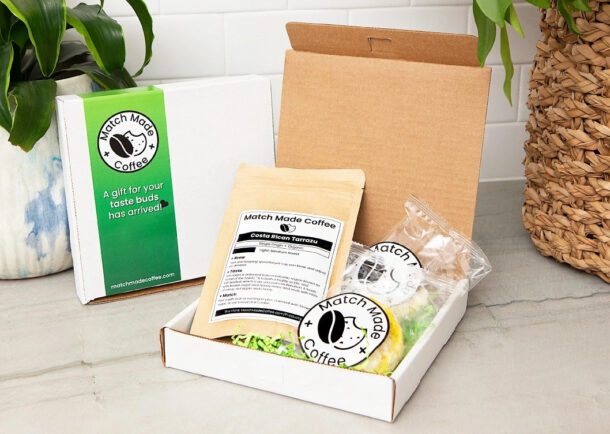Brazil Cerrado coffee has become one of the most popularly exported coffees in all of Brazil. Approximately 40 years ago, farmers from some neighboring regions began having coffee-growing issues, and many of those farmers moved to the Cerrado region.
The Region
The Cerrado region is in the center of Brazil and is a series of plateaus that have a savannah kind of ecosystem. Although the Amazon rainforest is considered the largest of Brazil’s habitats, the Cerrado region is the second biggest and takes up 21% of Brazil’s land area. The incredible amount of biodiversity in this region provides us not only with great tasting coffee, but with a natural habitat that is incredibly important.

The coffee from here has become the largest export. This is surprising, given that the majority of Brazil’s beef comes from this region as well.
How that Affects Flavor
This region is almost perfectly suited to grow coffee.
The soil is so packed with nutrients that it is red. The locals refer to this red soil as “terra roxa.” This just means “red earth.”
The consistency and predictability of the rain throughout the coffee season are perfect. The winters are relatively dry and without highly fluctuating temperatures. Overall, the daytime temperatures get are high, but due to the flatlands and less shade, it doesn’t get too hot.
The elevations have a big impact on the flavor of everything as well. The elevation of Brazil Cerrado coffee is generally between 3000-4000 feet, and is on flatter lands due to the plateaus.
All of this leads to this region’s coffees having more of a sweet, chocolatey and nutty flavor profile, along with lower levels of acidity.
Processing Brazil Cerrado Coffee
Due to the flatter lands, it makes it much easier to mechanically harvest the coffee beans, and also makes it easier to sun dry them by leaving them out (as part of the washed drying method).
April through September is the coffee harvest season here. The farmers export the coffee beans September through April. Remember though, your roasted coffee has a shelf life different from green coffee beans. Green coffee beans (coffee beans before they are roasted) won’t go bad or lose its flavor for years.

The Types of Coffee Plants Prevalent Here
Now, if you’re familiar with the two main types of coffee plants (Arabica and Robusto), these are Arabica beans. The variety of Arabica plants varies, however. There tend to be 3 main varietals: Mundo Novo, Red Catuai, and Yellow Catuai. The Red and Yellow Catuai both share a genetic lineage coming from the Mundo Novo though. The Mundo Novo is from the bourbon group, and grows pretty densely, which likely helps with the flatter lands it grows on.
Additional sources:







